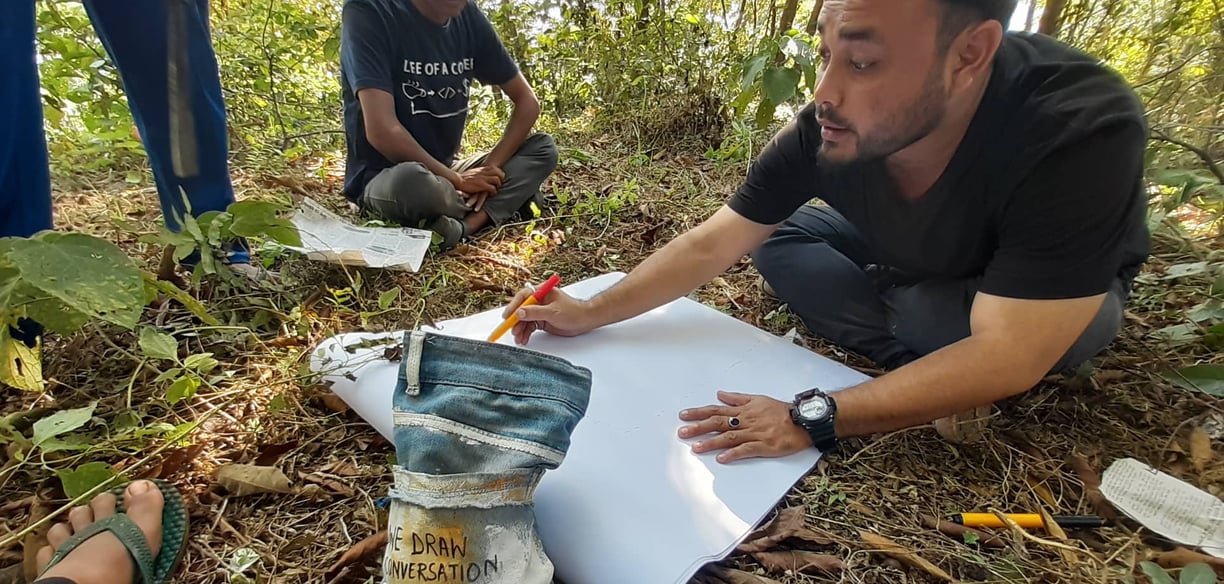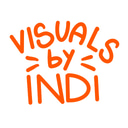Get to know
I'm Indrajit Sinha and I didn't plan to be a communicator.
I began as a listener.
I ran a youth-led nonprofit organization working on gender and youth issues throughout India for more than a decade. We constructed spaces of safety, educated young leaders, and disrupted silence with conversation. I learned the lessons that no textbook can teach: the way power circulates, how change comes to grow, and how intensely political the personal can be.
But along the journey, I sensed something was lacking.
We were making strong work, but the stories weren't making the trip.
The nuance was lost in buzzwords. The data wasn't talking.
The groups we were working with were full of insight but lacking in visibility.
That's when I started to investigate the strength of visual storytelling, participatory design, and people-first communications.
It wasn't a leap – it was a gradual turning.
I began drawing at meetings, distilling thick theory into living graphics, and crafting learning journeys people could sense, rather than simply adhere to.
This new language eventually became my full-time passion and Visuals by Indi was born


From the house of WAY Communication and Training (OPC) Pvt. Ltd, Visuals by Indi is my creative practice where I bring together visual thinking, strategy, and participatory design to help organisations tell their stories better.
I regularly collaborate with a flexible international network of independent consultants, artists, and researchers — each bringing deep expertise and heart to the table. We may work independently, but we move like a team — guided by shared values of empathy, clarity, and collaboration.
From live visual note-taking and illustrated toolkits to simplifying complex research and designing immersive learning journeys, we help ideas come alive across sectors, geographies, and languages.
Our past collaborations include organizations like MSF, the World Bank, CGIAR, IDH, FES, and others — always with the same intent: to make communication more human, more felt, and more impactful.
Because everyone talks.
Few truly connect.
We listen first, draw second.
And when people feel heard,
your message becomes a movement.




